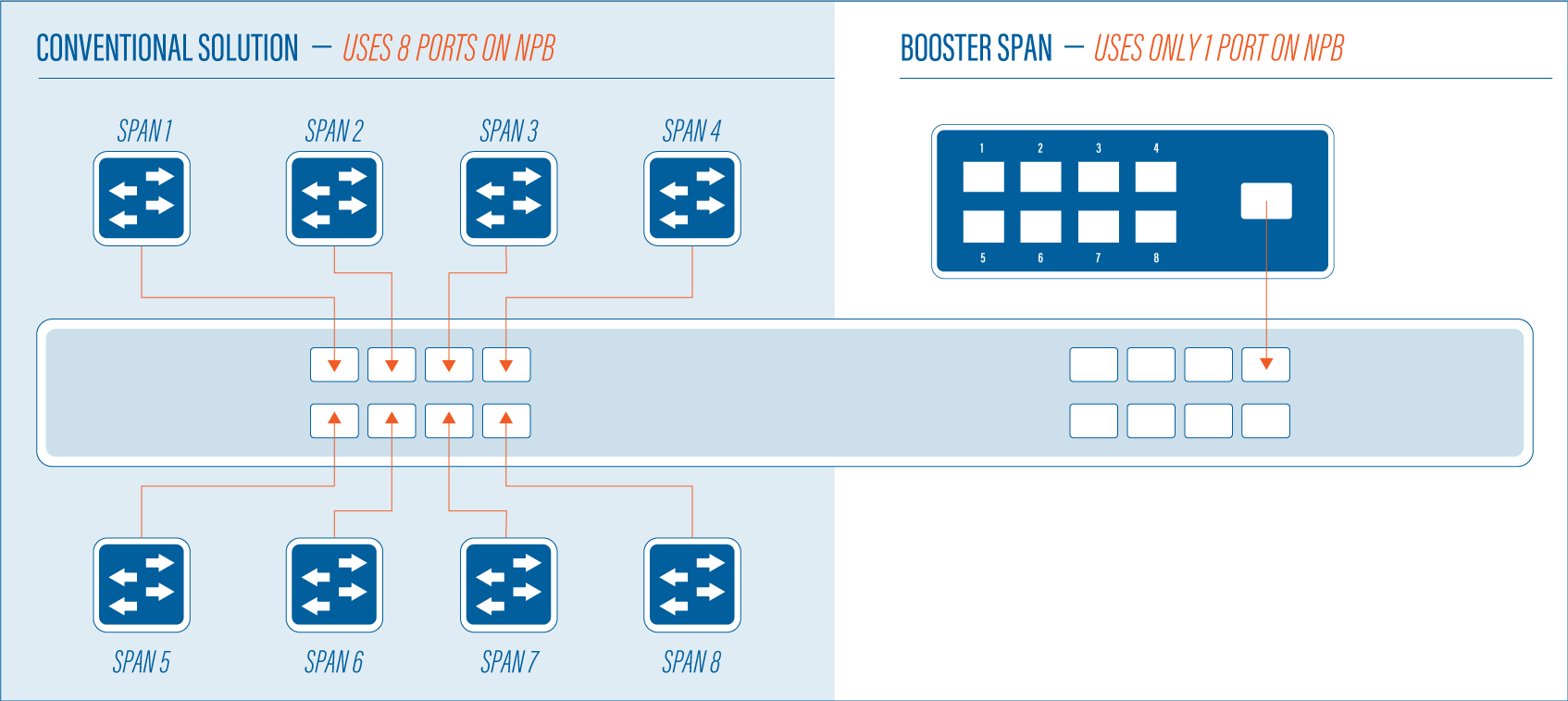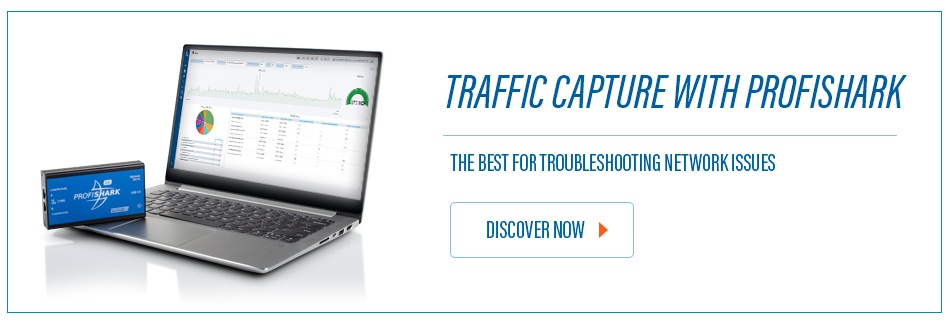For any business to run smoothly, efficient network monitoring and analysis is essential to identify problems within their networks. Malfunctions in a network can cause productivity to fall, resulting in a massive loss of time and money for an enterprise.
In data capture and analysis, aggregation TAPs collect both streams of a full-duplex link and send the combined information to your monitoring device which receives this data on a single NIC. In the case of a Gigabit Ethernet network, once the sum of the traffic in the two links reaches over 1 Gb/s, the TAP’s buffer memory kicks in. Until the flow goes back to a manageable level, the data is orderly stored in the buffer memory but cannot be analyzed in real time.

What’s worse is the aggregation TAP’s buffer memory can become overloaded, resulting in dropped packets. This is a problem for data analysis, as, in many situations, the network’s issue must be identified immediately, and this cannot be done if there is any degree of latency, or missing data. This is not the ideal solution to network analysis due to the loss of productivity, but there are now solutions on the market to eliminate this issue.
Profitap solution
Profitap has developed the ProfiShark 1G and the Booster, which both capture 100% of network traffic at full line rate.
These two products eliminate the need for a buffer memory, as the flow of traffic never breaches the limit of the devices’ capabilities. These two products from Profitap aggregate multiple Gb/s into a higher speed. With a higher uplink speed, the need for a buffer memory becomes redundant.
ProfiShark
The ProfiShark 1G is a revolutionary field service tool. Engineers who test networks need a lot of equipment, which often becomes arduous to carry around. This equipment also carries a hefty price tag.
The ProfiShark 1G is the ideal solution for field service engineers, as it is light and small enough to fit in your hand, and uses USB 3.0. This means the only other piece of equipment engineers need is a laptop, with Wireshark or any other network analyzer software installed.
As you can see below, one of the ProfiShark 1G’s main benefits is that the USB 3.0 connection manages 5 Gb/s, which means the maximum 2 Gb/s from the incoming traffic data will never congest, making it impossible to drop packets and removing the need for a buffer memory. Find out why a portable network TAP can be the right network monitoring tool for your business.

The Booster
Profitap’s Booster is a high density traffic aggregation tool that optimizes your NPB port usage, saving a huge amount of expense and resources. Network Packet Brokers (NPBs) are a vital but highly expensive investment for a data center. Thus, each and every one of an NPB’s ports are invaluable.
Where using 4 aggregation TAPs in a conventional way uses 8 ports (4 in-line links), the addition of a Booster to the system reduces this number down to 1. And since it aggregates 8 x 1 Gb/s to a 10 Gb/s output, it means a bottleneck of traffic flow is impossible. This allows your data center to become more cost effective and time efficient with no concern for the delays or dropped packets inherent to buffer memories.
 Thus, there are better solutions than buffer memories. Instead of holding onto overflowing traffic and creating delays in analysis, the ProfiShark 1G and Booster by Profitap provide the most time and cost effective solutions for your network. Any field service engineer or data center manager will understand the importance of effective traffic aggregation and capture that enables the analyzer to see the full amount of network traffic.
Thus, there are better solutions than buffer memories. Instead of holding onto overflowing traffic and creating delays in analysis, the ProfiShark 1G and Booster by Profitap provide the most time and cost effective solutions for your network. Any field service engineer or data center manager will understand the importance of effective traffic aggregation and capture that enables the analyzer to see the full amount of network traffic.
Profitap’s Booster and ProfiShark 1G provide the best solution to aggregation and buffer memory issues.
Find our more about the different types of network TAPs here.

